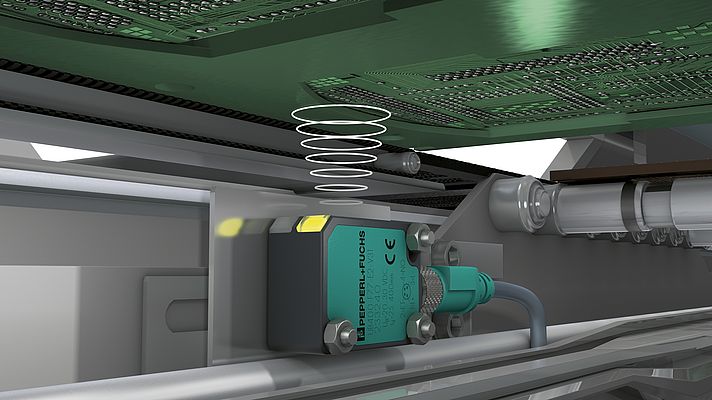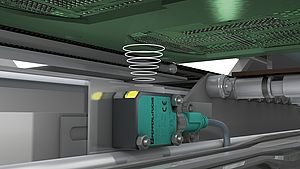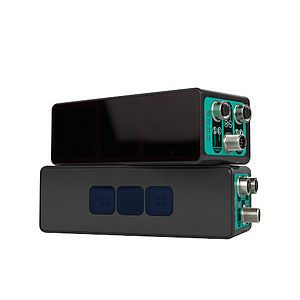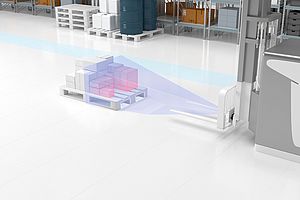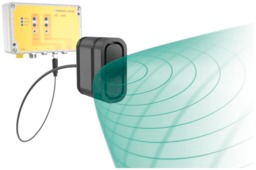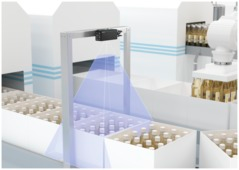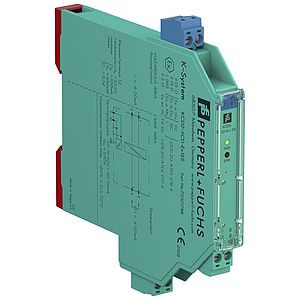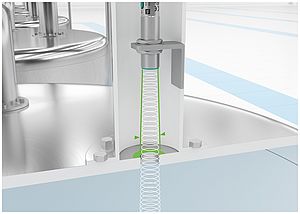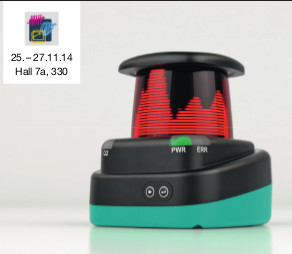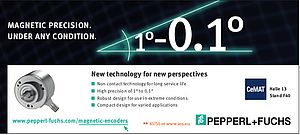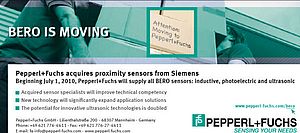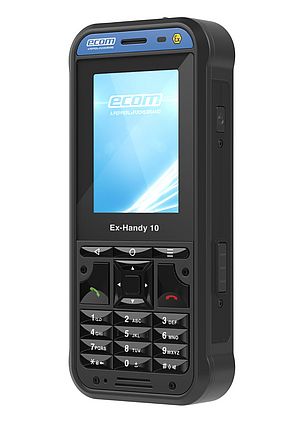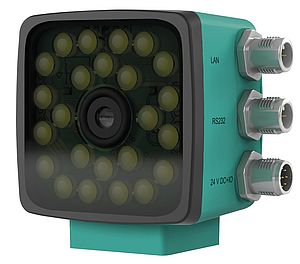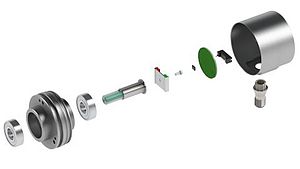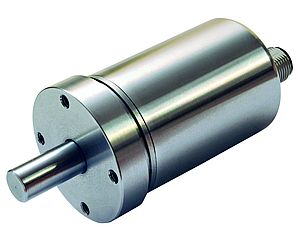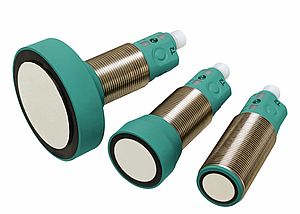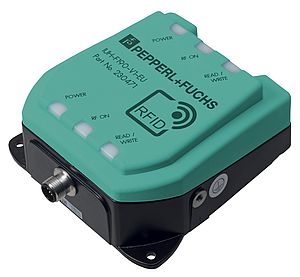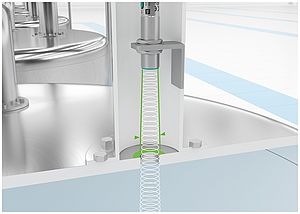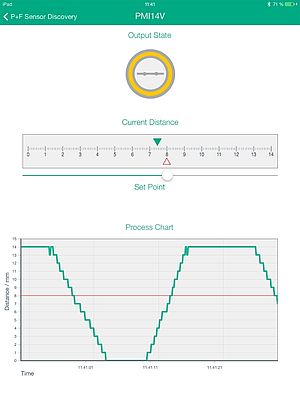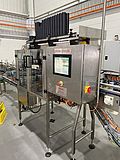Anything that clouds, diverts, or impedes your view also disturbs photoelectric sensors. Vapors and mists, reflective or transparent surfaces can prevent correct signaling in light-based measurement procedures. Furthermore, for target objects with an irregular surface, the single-point measuring range of laser sensors can result in false information despite technically correct detection. In all these cases, ultrasound provides a robust alternative: sound waves are virtually unaffected by vapor, dust, precipitation, and deposits on the sensor. They cover a larger area and are unimpeded by mirroring, complex contours, or dark colors. Ultrasonic sensors provide reliable measurement results even under harsh conditions.
Optical sensors rely on the unimpeded dispersion of light. If their light beam is blocked, swallowed up, diverted, or—as in the case of transparent and dark surfaces—not sufficiently reflected, they cannot detect the target object at all or at least not reliably. There are compensating additional technologies, but these increase the complexity and the costs and also have physical limits.
Interference Factors: Object and Path
Object-specific properties such as irregular contours, holes, and recesses in the surfaces can lead to the optical measurement being disrupted. Optical sensors generally work with individual rays with a single-point cross section. If such a beam encounters a hole or a recess in the target object, non-detection and switching errors may occur.
A number of optical properties of the target surface also largely exclude the use of optical sensors. Reflective surfaces can cause an desired deflection of the light beam. Dark materials reflect the light beam poorly, which significantly reduces the detection range or even makes optical detection completely impossible. Transparent objects remain "invisible" because the beam can pass through them unimpeded.
The dispersion of light can be impaired or blocked by a number of factors. Vapor and dust clouds are a part of everyday life in many working environments, and mist, rain, and snow can add to this outside. Depending on the density of the interference factor and the detection range of the measurement, the light pulse can be "swallowed up" on its path. Dust, liquid splashes, frost, or ice can stick to the optical element and block the emission and/or the reception of the pulse.
Ultrasound: Physically Resistant
Ultrasound is almost completely resistant against all these interference factors. For obvious physical reasons, ultrasound is unaffected by the optical properties of a surface. Color, transparency, and mirroring have no influence on the reflection and propagation of sound waves.
When detecting irregular and broken contours, a structural property proves to be helpful: the measuring range of an ultrasonic sensor is greater the further away the object is. The sound cone therefore always encounters the surface of the target object and the sensor detects a lot more than just one point. It is therefore unaffected by holes and recesses. The diameter of the sound cone at the measurement point can also be adapted to the application.
Generally, a contamination of the application environment can only slightly change the propagation of sound waves. Dust, vapors, and precipitation have little effect on the sound. In addition, ultrasonic sensors—again due to the design—are almost immune against adherent coverings or dirt: the sound-producing membrane vibrates and thus prevents any significant adhesion on the side of the sensor facing the product. The following examples show the advantages of ultrasonic sensors in everyday operation.
Full Encapsulation, Hygiene, and Cleaning
In the food and pharmaceutical industry, all product-related plant components must meet high requirements in terms of hygiene and cleaning ability. When dealing with aggressive media, the devices must not only withstand robust cleaning but also corrosive vapors or liquids.
Optical sensors always need at least one transparent window for the measuring beam of light and therefore the choice of surface material is limited. In contrast, ultrasonic sensors generally allow a complete encapsulation of hygienic stainless steel. However, fully encapsulated ultrasonic sensors are not widely available to date.
Pepperl+Fuchs has developed a new production technology with a stainless steel membrane that is attached to the sensor housing by laser welding. Thanks to this procedure, the encapsulation is not detrimental to the sensor performance. The UMB800, the world's smallest ultrasonic sensor in solid stainless steel was recently launched on the market. The device is manufactured entirely from FDA-compliant materials and is therefore particularly well-suited to applications involving strict hygiene standards and in aggressive environments. At only 18 mm in diameter and 55 mm long, the sensor has a sensing range of 70 mm to 800 mm.
Like other ultrasonic sensors, the UMB800 is available in versions with high IP protection, a wide operating temperature range, and protected against electromagnetic interference and chemical influences.


